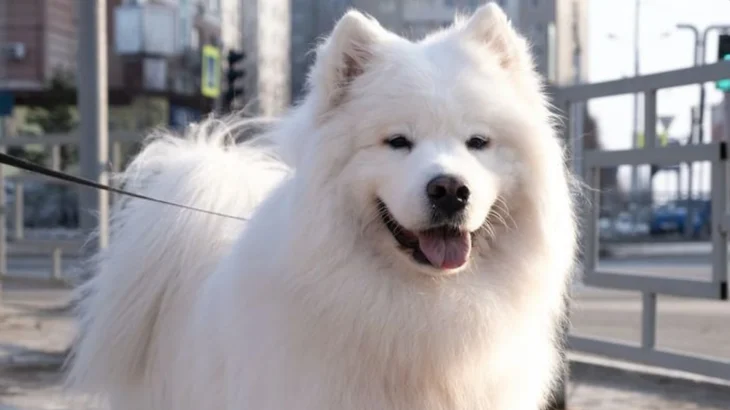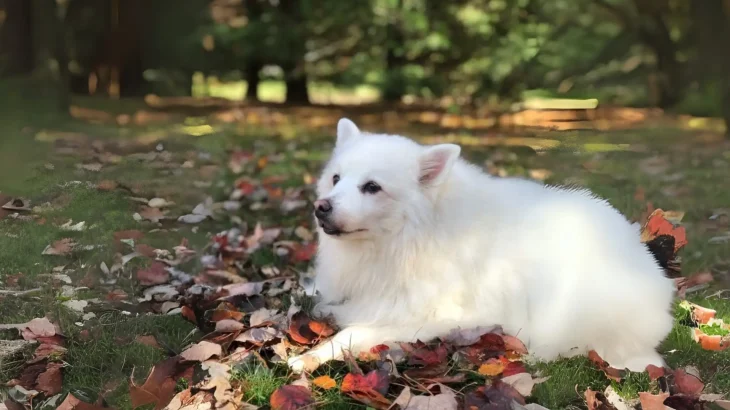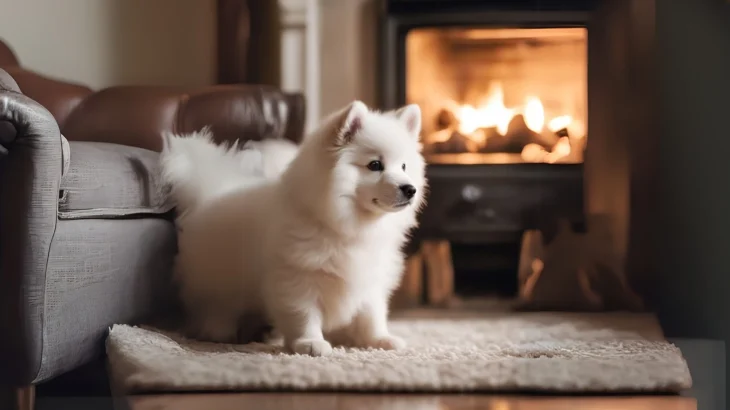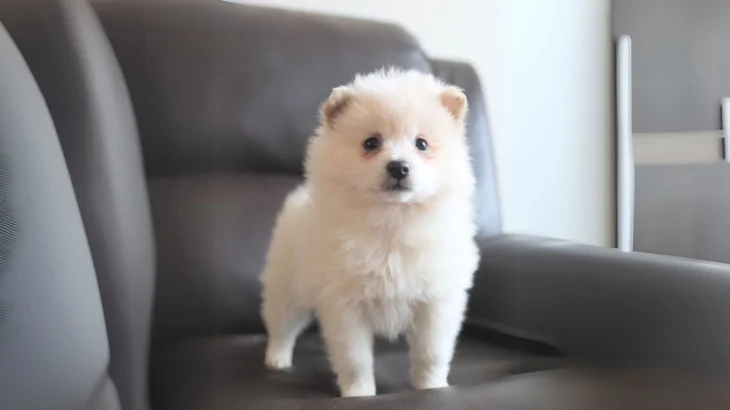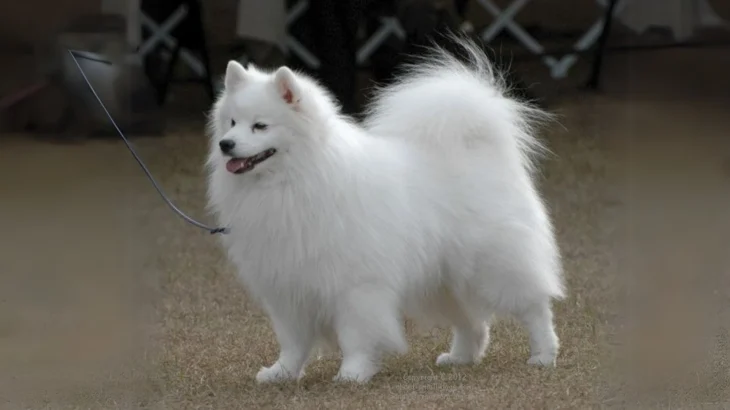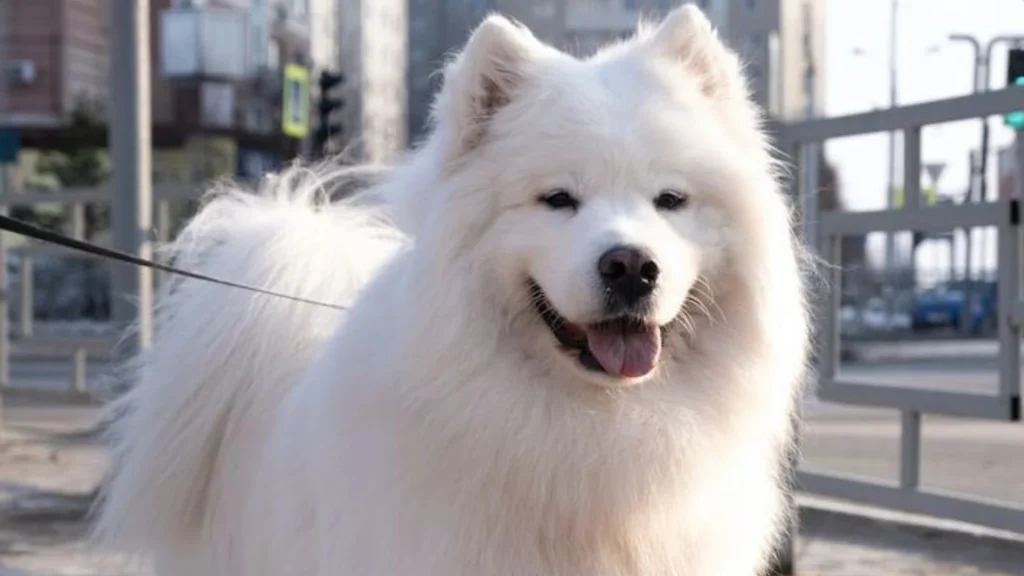Choosing to bring a Toy American Eskimo puppy into your life means deciding between adopting or buying from a breeder. Each option offers unique benefits and considerations, especially regarding health history, cost, and ethics. Knowing these differences helps you make the best choice for your new furry friend.
Adoption vs. Breeder: Pros & Cons
| Criteria | Buying from Breeder | Adopting from Shelter/Rescue |
|---|---|---|
| Cost | Higher initial cost due to breed purity and pedigree documentation. | Lower fees, often covering vaccinations and spaying/neutering. |
| Health History | Usually detailed health records and genetic screening provided. | Health history may be limited; shelters do basic health checks. |
| Age Availability | Typically offers puppies for early bonding and training. | Wider age range, including adults and seniors. |
| Temperament Insight | Breeders provide lineage temperament and socialization history. | Shelter staff offer behavior observations; background may be unclear. |
| Supporting Practices | Supports ethical breeding if renowned breeders are chosen. | Contributes to animal welfare by giving homes to dogs in need. |
| Ethical Considerations | Risk of supporting irresponsible breeders if not careful; research is key. | Helps reduce shelter overpopulation and gives dogs a second chance. |

